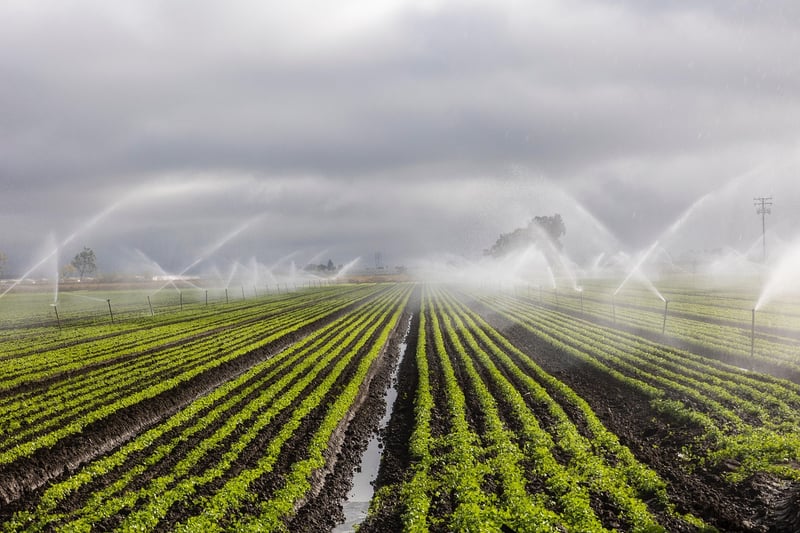Self-Watering
Efficient Watering Methods for Your Plants

Watering your plants properly is crucial for their health and growth. By using efficient watering methods, you can ensure that your plants receive the right amount of water without wastage. Here are some tips for efficient watering:
1. Watering Early or Late in the Day
Water your plants early in the morning or late in the evening to minimize water loss due to evaporation. This is especially important during hot summer months.
2. Water at the Base of Plants
Direct the water at the base of the plants rather than spraying it overhead. This helps deliver water directly to the roots where it's needed most.
3. Use Drip Irrigation Systems
Drip irrigation systems deliver water slowly and directly to the roots of plants, reducing water wastage through evaporation and runoff.
4. Mulch Your Plants
Applying a layer of mulch around your plants helps retain soil moisture, reducing the frequency of watering needed.
Self-Watering Systems for Busy Plant Lovers

If you're a busy plant lover or tend to forget to water your plants regularly, self-watering systems can be a game-changer. These systems provide a consistent water supply to your plants, ensuring they stay healthy even when you're away.
Types of Self-Watering Systems:
- Self-Watering Pots: These pots have a reservoir at the bottom that allows plants to absorb water as needed.
- Capillary Mat Systems: The plants draw up water through a mat that is connected to a water reservoir.
- Self-Watering Planters: These planters have a built-in reservoir that automatically waters the plants.
Consider using a self-watering system for your indoor or outdoor plants to simplify your watering routine and keep your plants thriving.
By adopting efficient watering methods and utilizing self-watering systems, you can promote healthier plants and conserve water in the process. Remember to adjust your watering schedule based on the specific needs of each plant for optimal growth and vitality.
